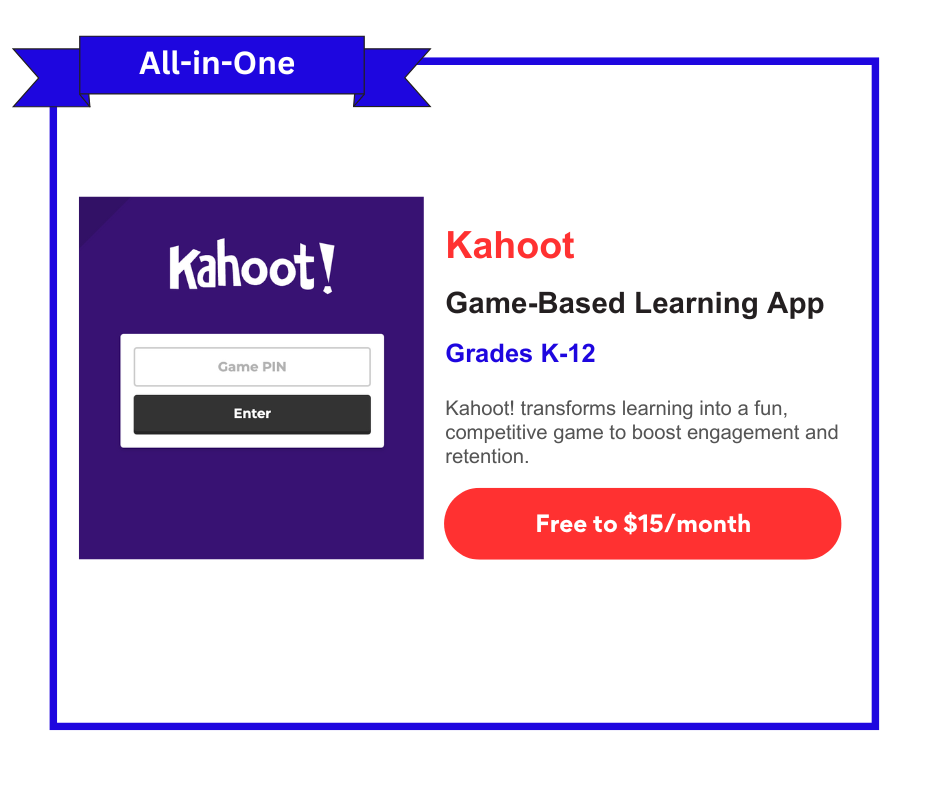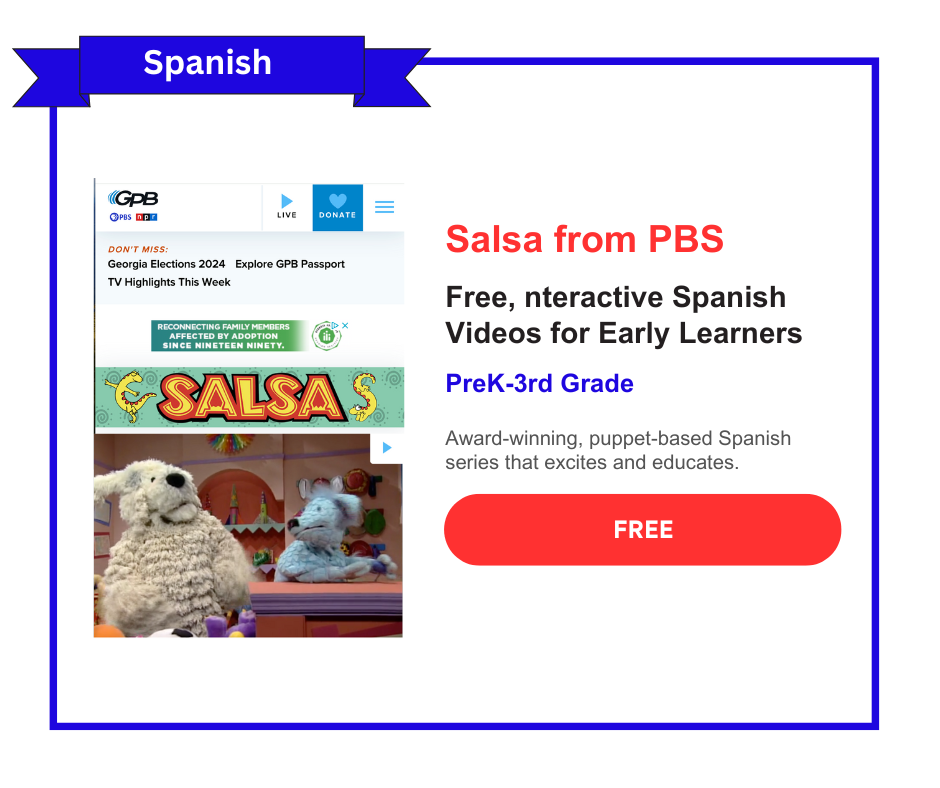Italki
Italki was launched in 2006 as a social platform for language exchange, transforming into a comprehensive marketplace for language learners and teachers by 2008. The founders, passionate about creating a global community, aimed to make language learning accessible and personalized through the power of the internet. Their innovative approach quickly gained traction, allowing italki to secure funding and expand rapidly, culminating in a user base of over 5 million learners and 20,000 teachers by 2020 (About italki).
Differentiation What sets italki apart is its vast selection of languages and teachers, which encompasses over 150 languages, ranging from widely spoken languages like Spanish and Mandarin to less common ones like Basque and Tsonga (italki). The platform offers personalized learning through one-on-one lessons and group classes, providing flexibility in schedule and teaching style that caters to the individual needs of each student (Mezzo Guild).
How to Get Started To begin using italki for homeschooling, parents can create a profile for their child, detailing their language goals and preferred learning style. They can then browse through a diverse roster of professional teachers and community tutors to find matches that suit their child’s educational needs and budget (Discover Discomfort).
How It Works Italki lessons are conducted via video chat using tools like Skype, Google Hangout, or italki’s own Classroom platform. Parents can schedule lessons based on their child’s availability and purchase lesson credits in advance. A typical recommendation is for two to three hours of lessons per week to ensure consistent language practice without overwhelming the student (All Language Resources) (italki).
Languages Offered
Italki’s platform supports learning in over 150 languages, ranging from widely spoken global languages to less commonly taught ones, providing opportunities for cultural and linguistic diversity. Here’s are some of the many languages available on Italki:
Popular Languages:
Spanish
French
Chinese (Mandarin)
German
Portuguese
Korean
Japanese
Russian
Italian
Arabic
Less Common Languages:
Dutch
Hebrew
Hindi
Swedish
Turkish
Ukrainian
Vietnamese
Rare and Regional Languages:
Basque
Catalan
Gaelic
Welsh
Tajik
Uzbek
Specific Dialects for In-depth Learning:
Brazilian Portuguese
European Portuguese
Quebec French
Latin American Spanish
Castilian Spanish
Taiwanese Mandarin
What’s Good About It Users praise italki for its affordability, the breadth of language options, and the caliber of its tutors. The flexibility to choose teachers based on personal learning objectives and the convenience of scheduling make it highly effective for tailored educational experiences (Mezzo Guild) (FluentU).
Areas for Improvement Despite its strengths, italki could improve by offering more structured learning paths and ensuring consistent quality across its diverse range of tutors. Some users suggest enhancing the interface to facilitate easier navigation and interaction (Mezzo Guild).
Advice from Parents Parents recommend starting with trial lessons to find the right teacher fit and suggest maintaining a regular schedule to build language skills effectively. Engaging with the community through language exchanges and practice exercises can also enhance the learning experience (FluentU) (Discover Discomfort).
Ideal Fit Italki is perfect for students who thrive in one-on-one learning environments and those who require flexible scheduling. It suits learners who are motivated by direct interaction with native speakers and personalized lesson plans (All Language Resources).
Not a Fit For Students who prefer a more structured, traditional classroom setting might find italki less suitable, as it leans heavily on self-directed learning and individualized teacher interaction (Mezzo Guild).
Grades Suitable for K-12 students, with functionalities and content that can be adapted to different age groups and learning levels.
Cost Prices vary widely, generally ranging from $4 to $80 per hour depending on the teacher’s rates and experience (Mezzo Guild).
Ways to Access Italki can be accessed through its website, with all transactions and scheduling handled online, providing a seamless setup for busy homeschooling families.
Affiliate Disclaimer: Some links on our site are affiliate links, which means Modulo may earn a small commission if you purchase through them (at no cost to you). Rest assured, we only recommend resources we’ve rigorously vetted and truly love—affiliate link or not. Thank you so much for supporting our work!
Explore More Language Learning Resources We Recommend
Explore Dinolingo’s innovative approach to language learning for children: a captivating, game-driven curriculum that excites and educates.
Explore our in-depth review of Homeschool Spanish Academy, which pairs students with native Spanish-speaking teachers for an immersive online learning experience that is both flexible and effective
Explore our comprehensive review of Niños and Nature, a unique curriculum blending Spanish learning with nature and creativity, perfectly designed for young learners and their families.
Discover how Kahoot! turns learning into an interactive, competitive game, making education engaging and fun for homeschooling families,
Discover how Mango Languages revolutionizes homeschool language learning with interactive, conversational tools in our expert review.
Discover how italki’s personalized, one-on-one online language classes make mastering a new language accessible and engaging for homeschoolers of all ages.
Discover how Homeschool Languages innovates early language learning with playful, interactive methods designed for young learners, emphasizing real-world vocabulary
Explore the unique world of Concordia Language Villages, where immersive language learning meets cultural experience in a dynamic camp setting. Perfect for homeschoolers seeking a comprehensive cultural dive
Discover how Coffeebreak revolutionizes homeschooling with podcast-based language lessons tailored for students from kindergarten through high school.
Discover 'Sendung mit der Maus,' a German language show that transforms complex ideas into child-friendly lessons, ideal for homeschooling
Delve into “Learning German through Storytelling: Die Dritte Hand" with our review that highlights how a detective story series can revolutionize learning German
Explore the strengths of Herr Wallaces Handbücher der deutschen Grammatik: a structured German textbook perfect for homeschoolers seeking clear, methodical learning
Discover the Goethe-Institut's unique blend of German language and cultural studies, designed for a comprehensive and engaging learning experience. Ideal for dedicated learners across all ages
Discover how DW Learn German revolutionizes homeschooling with engaging multimedia content and cultural insights. Ideal for K-12 learners exploring a new language
Discover "Der kleine Drache Kokosnuss": an engaging, story-driven German learning program for young homeschoolers, blending fun with foundational language skills
Unpack the depth of the French language with 'Learn French with Alexa,' an adaptable and self-paced online learning platform perfect for homeschooling families who desire a rich, cultural curriculum.
Discover how Frantastique's innovative, story-driven app makes learning French engaging and effective for teens. Our review dives into its unique features and benefits
Discover how the Alliance Française offers a unique blend of language learning and cultural immersion, ideal for homeschooling families seeking a comprehensive French program
Discover Sarah’s Spanish School: an engaging, interactive Spanish program for homeschoolers, designed to make language learning enjoyable and effective for young learners.
Discover Salsa from PBS, an engaging, puppet-driven Spanish curriculum designed to introduce young learners to a new language and culture effortlessly.
Discover how Expedition Spanish revolutionizes language learning for homeschoolers with live, interactive classes that focus on cultural immersion and conversation.
Discover the unique, interactive features of Calico Spanish in our comprehensive review tailored for homeschooling families
Dive into the engaging world of Beautiful Mundo, a unique homeschooling curriculum that blends Spanish language learning with daily life through literature, music, and interactive play. Perfect for families seeking a flexible and immersive educational experience
Explore "Spring into Spanish," a playful, immersive Spanish program, designed by Miche Baskett, bringing 20+ years of teaching experience to make Spanish fun and accessible for homeschoolers via her online classes.
Discover "The German Project," an innovative German language program tailored for homeschoolers, featuring interactive, character-driven lessons that make learning both fun and effective.
Discover how Muzzy’s unique animated language program makes learning new languages engaging and fun for children, directly from an experienced educator’s perspective.
Duolingo is one of our top choices for Foreign language . It was created by Luis von Ahn . Duolingo is a app designed to help anyone learn a new language. Duolingo was created to make learning fun and universally accessible. They wanted to make language learning a comprehensive and personal experience.
Bon Voyage World Languages Academy is one of our top choices for Foreign Language. Bon Voyage World Languages Academy was created by Elizabeth Porter. It’s a linguistic and global citizenship education program for grades Pk-12, taught by certified native-proficient language teachers.
Mango Languages is one of our top choices for learning Foreign Language for kids. Mango Languages was created by Jason Teshuba and Mike Teshuba. For an engaging and interesting language mastery curriculum that teaches a wide range of languages to students who are interested in numerous cultures.
Manisha Snoyer is an experienced educator and tech entrepreneur with over 20 years of experience teaching more than 2,000 children across three countries. She co-founded Modulo with Eric Ries to help families design personalized educational experiences. Prior to Modulo, she and Eric founded Schoolclosures.org, the largest relief effort for families during the pandemic that provided a hotline, free online math tutoring, and other essential resources to support 100,000 families. As a an early mover in alternative education, Manisha created CottageClass, the first microschool marketplace in 2015. She is dedicated to empowering families to build customized learning solutions that address academic, social, and emotional needs. Manisha graduated Summa Cum Laude from Brandeis University with degrees in French Literature and American Studies and minors in Environmental Studies and Peace & Conflict Studies.





























Explore how Duolingo transforms language learning into an engaging, gamified experience with our comprehensive review, ideal for homeschoolers seeking a flexible educational tool.